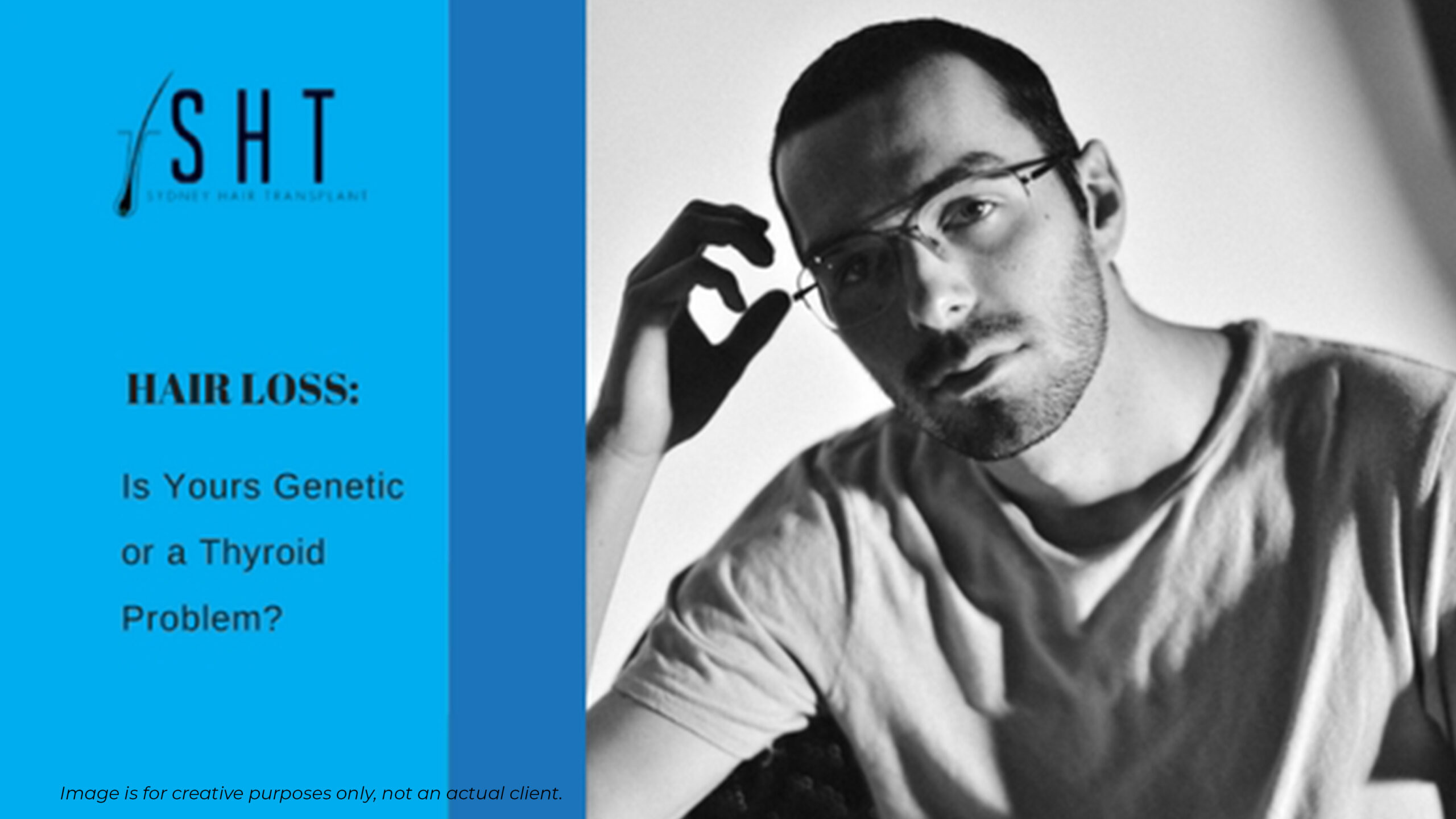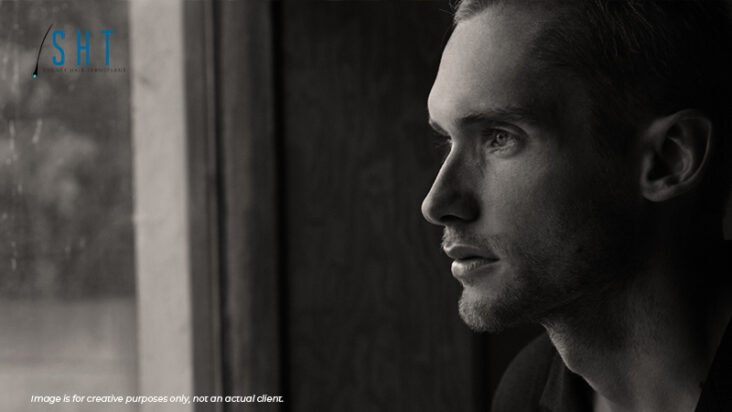Both methods of surgical hair restoration (FUT or FUE) carry a risk of forming a hair transplant scar. While our aim is to create natural-looking results without any of the obvious signs of surgical intervention, is a reality that waits on you at the end. However, that is not a sentence because there are several ways to conceal the scars better. Here are five ways that can help you do it.
What Type of Hair Transplant Scarring Should You Expect?
The type and extent of scarring will depend on the hair transplant method you choose. Follicular Unit Extraction (FUT), which is also called the “strip method” is the more invasive approach in donor hair removal. It involves a linear scar at the back of the head from which a piece of scalp, containing the donor hairs, is removed. Meanwhile, in a Follicular Unit Extraction (FUE), multiple dot-shaped scars are left from which donor grafts are removed using a punch-like instrument.
The type of hairstyle a patient prefers will determine the approach that will be most suitable for them. For example, if a client prefers to wear their hair very short, he might choose FUE because the small circular scars are spread out across the donor area and are smaller in size making them less visible – or they are less likely to be noticed.
Since a hair transplant scar is possible with any surgical intervention to address hair loss, here are 5 ways to make the problem less visible.
1. Make Your Aesthetic Preferences Clear with Your Surgeon
A hair transplant procedure is largely done for cosmetic purposes. It is for this reason that you should express to your surgeon what your aesthetic preferences are. Realistically, scars will be inevitable, but there are different methods a surgeon can do to make the outcome suitable for you.
One way to minimize scarring is the tricophytic closure. It is an advanced surgical method that allows the scalp to heal tightly leaving it with the thinnest linear scar possible. Once the flaps of the scalp are closed, the two sides are held together with surgical staples for 14 days while it heals. After the staples are removed, what is left is a thin white line which will be barely perceptible. A tricophytic closure attempts to allow the hairs to grow directly through the scar line.
If you are serious about keeping your hair transplant surgery a secret, this will be a good method to discuss with your surgeon during your consultation.
2. Follow Proper Post-Operative Care for the Surgical Site
Patients can do several things after the surgery to optimize the appearance of scars. One of the basic, but most important, reminder is to keep the incisions clean. This is a cardinal rule in proper wound care which can save you from several potential problems that might worsen the appearance of a hair transplant scar. One of these problems that you should be wary about is infection. Prolonged wound closure due to an infected surgical site will most likely result in poor wound healing. Therefore follow proper wound care and ensure that you take the entire course of antibiotic that was prescribed to you.
You should also avoid exposing the surgical area to tension/pressure. This may cause the flaps to heal poorly or uniformly. Therefore, avoid bending over or carrying a heavy load to avoid disrupting the integrity of the skin any further.
It is also wise to minimize sun exposure while the incisions heal. Since the skin in these areas will be more delicate as it heals, premature and prolonged exposure to the sun will make the scars more prone to darkening.
3. Be More Flexible in Choosing Hairstyles
Since the donor hairs are often found at the back portion of the head, specifically at the lower area of the scalp, the scar will be easily visible for those who will wear their hair short. The easiest way to conceal a scar would be to grow your hair just a few centimeters longer. Even with the more inconspicuous FUE scars, the tiny dot-like remnants will still be visible if you buzz all your hair off. Your efforts to make surgical scars less obvious may call on some minor hairstyle adjustments, only if you are open to it. It will be the fastest, easiest, and less expensive way that will do the trick.
4. Scalp Micropigmentation
If you have the extra buck to spare, scalp mircropigmentation (SMP) is a reliable method to camouflage hair transplant scars. It can disguise both linear strip scars as well as FUE scars. This procedure is appropriate only in scars that are flat. If the scars are raised (particularly in FUT scar repair) and are looking like they are forming to be keloid scars, additional treatment is needed to flatten it before SMP can be done.
SMP has been lauded by many to do a terrific job in concealing scars. But, there are very few practitioners that can provide you with quality service. Some may leave it looking like a black blotchy mark that only makes the appearance of the scar worse.
If you are thinking of getting it at a much cheaper price at a tattoo parlor, then you better think twice because this is a permanent process that you must get right the first time.
5. Steroid Injections
As mentioned earlier, raised scars can be flattened with additional treatment, and this is through steroid injections. Doctors use steroid injections to induce shrinking, flattening, and fading of hypertrophic (raised or keloid-type) scars. There are clinical studies that has proven the efficacy of steroid injections for this type of scar. It works mainly by decreasing collagen synthesis and reducing the inflammatory phase of wound healing. As a structural protein, collagen is formed at the site of the wound to mend or seal it. The problem is when the body produce too much collagen which results in a raised and discolored scar. Steroid injections inhibit collagen synthesis thereby preventing raised scar formation.
This treatment scalp scar revision, however, should be taken with a grain of salt. It is not faultless because it also comes with side effects and complications. The efficacy of steroid injections can also be unpredictable, and it is not known to work on older scars. This treatment should also be discussed thoroughly with your surgeon during the consultation.
Surgeons have their own approach to hair transplant or even scar treatment, and the best way to know if fits perfectly with your goals is to go for a personal consultation.
Get advised today and learn how you can best prepare against scarring beforehand. For more information about the procedure, the hair transplant price in Sydney, or how to improve your chances for surgical success book your consultation at the Sydney Hair Transplant clinic today.




